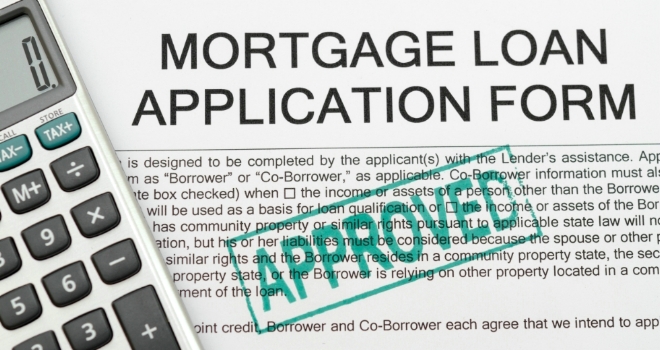
The new data has shown that customers using HTB1 typically bought properties worth £199,967 during the three months to October. This figure is two thirds (67%) lower than the maximum limit of £600k allowed via the government scheme.
According to the latest House Price Index from ONS, this is also 21% less than the average purchase price of £251,000 across the new build market.
Help to Buy 1 activity remains focused at the lower end of the property ladder. Government statistics show that 94% of loans during the first 18 months of the scheme were made outside of London, with 84% going to first time buyers.
Average loan significantly lower than Lloyds’ new lending limit
The findings come after Lloyds Banking Group announced this week that it has increased the upper limit on its HTB1 loans to £250,000 and extended their availability to homemovers as well as first time buyers. Back in June, Lloyds introduced a temporary restriction of its HTB1 products to first time buyers only and scaled back its maximum loan offer to £150,000.
However, despite this offer of greater finance, Mortgage Advice Bureau’s data shows that the average loan across all HTB1 applications during October was £144,494: 4% lower than Lloyds’ temporary £150,000 limit and 42% lower than the new threshold of £250,000.
Equity loan leaves October’s buyers needing just £15,479 of their own funds
A borrower who took a loan of £144,494 (the HTB1 average for October) for the typical new build purchase (£251,000 according to ONS) would have been left needing to raise £106,506 as a deposit.
In contrast, by opting for lower priced homes, Mortgage Advice Bureau’s data shows that HTB1 customers in October needed just £55,472 of non-mortgage finance to make their purchase. This includes the government contribution of up to 20% of the purchase price through its equity loan: worth £39,993 based on October’s average HTB1 purchase price of £199,967.
By taking full advantage of this support, buyers would need to raise just £15,479 of their own funding through savings or family contributions: 72% less than if they had to raise the full £55,472 themselves.
Andy Frankish, new homes director at Mortgage Advice Bureau, explains:
“The fact that most buyers using the equity loan are content with purchases priced at just a third of the upper limit does not automatically mean the £600,000 ceiling should be reduced. The scheme has clearly been doing its job for the last 18 months without buyers taking unnecessary advantage of government support. Even though the majority of HTB1 customers are first time buyers, some flexibility is important so the scheme can perform to its full potential: not just by supporting people across the UK regions but also in a range of circumstances.
This can include assisting those who bought their first homes near the peak of the housing market and suffered a loss of equity which is now limiting the deposit they can put towards their next move. Help to Buy can be a valuable tool to free potential second-steppers who have been trapped as mortgage prisoners, which in turn frees up more properties at the bottom of the ladder for first time buyers.
The news that one of the biggest names in UK banking has now renewed its commitment to the scheme will hopefully encourage more lenders to back the equity loan and improve the rates and options for consumers.”





